-
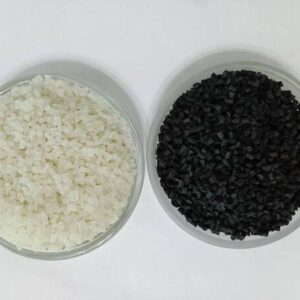
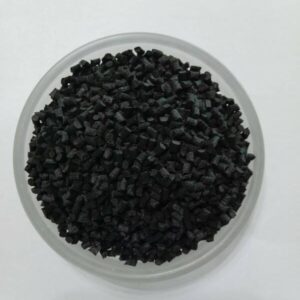
Compounded plastics are materials mixed from various types of plastics to achieve desired properties for different applications. Compounding often involves adding additives such as colorants, strength enhancers, sound reducers, UV stabilizers, or stiffness modifiers to tailor the material to specific industrial uses and conditions.
Applications:
- Automotive Industry: Used for manufacturing interior components, vehicle interior trim, engine components, and other parts requiring strength and durability against temperature and chemicals.
- Electronics Industry: Used in the production of electronic tools, components in various electronic devices such as cable boxes, wires, and electronic machinery.
- Packaging Industry: Used to manufacture strong and impact-resistant plastic packaging.
- Wire and Cable Industry: Used as insulation or sheathing for wires and cables to ensure safety and environmental durability.
- Telecommunications Industry: Used in the production of communication equipment components such as mobile phones, antenna masts, and other accessories.
-

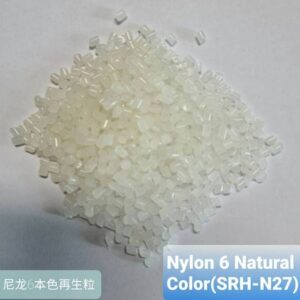
Nylon 6, also known as Polyamide 6, is an engineering plastic produced from the polymerization of caprolactam. It possesses excellent mechanical and chemical properties, making it a preferred material in various industries.
Applications:
Nylon 6 pellets are used to manufacture components and equipment that require strength and durability, such as:
- Automotive Industry: Engine components, air ventilation systems, pipes
- Mechanical engineering: Gears, bearings, wheels, rollers
- Electrical and electronics industry: Electrical insulation, connectors, wire supports
- Agricultural industry: Agricultural tools and equipment
- Food industry: Machinery parts that come into contact with food, food processing equipment
- Packaging Industry: Films, bags, plastic bottles
-
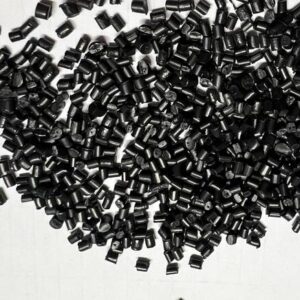
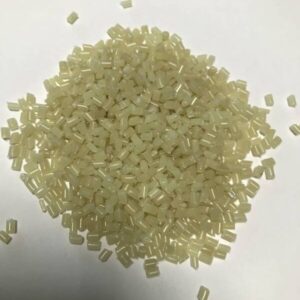
Nylon 66, also known as Polyamide 66, is an engineering plastic produced from the polymerization of adipic acid and hexamethylene diamine. It boasts excellent mechanical and chemical properties, making it a highly favored material in various industries.
Applications:
Nylon 66 pellets are used across several industries due to their high strength and durability:
- Automotive industry: Used in engine components, heat dissipation systems, pipes, and other durable parts.
- Mechanical engineering: Manufacturing gears, bearings, wheels, rollers, and other machine components.
- Electrical and electronics industry: Making electrical insulation, connectors, and wire supports.
- Agricultural industry: Producing agricultural tools and equipment that require durability.
- Food industry: Creating machinery parts that come into contact with food, and food processing equipment.
- Packaging industry: Manufacturing films, bags, and plastic bottles.
-
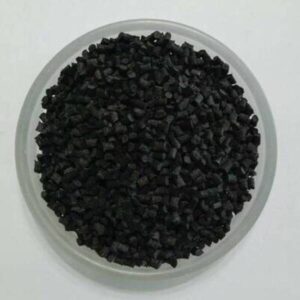

Nylon 6 blended with fiber glass is a composite material combining Nylon 6 and fiber glass to enhance strength and mechanical properties. This material is commonly used in applications requiring high strength and durability against impact.
Applications:
- Automotive Industry: Used to manufacture various parts such as car body shells, engine covers, air vent systems, and interior components.
- Mechanical engineering: Used for pulleys, bearings, wheels, rollers, and machine components requiring high strength.
- Electrical and electronics industry: Used for electrical insulation, cable supports, and connectors.
- Construction Industry: Used in construction applications requiring materials with high strength and weather resistance.
- Electronics Industry: Used to produce components requiring high strength and heavy-duty performance.
- Packaging Industry: Used to manufacture packaging requiring high strength and durability.
-
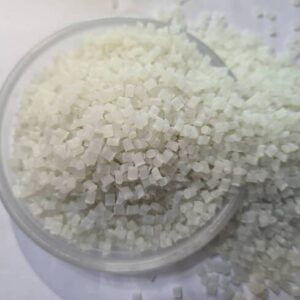
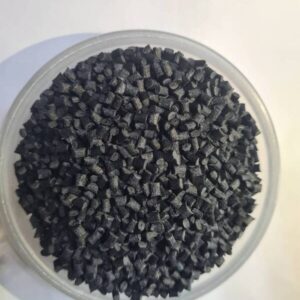
Nylon 66 blended with fiber glass is a composite material combining Polyamide 66 and glass fibers, reinforced to enhance mechanical properties. This material offers increased strength and durability, suitable for applications requiring high resilience.
Applications:
- Automotive Industry: Used to manufacture engine components, covers, piping systems, chassis, and interior parts requiring high strength.
- Mechanical engineering: Used for pulleys, bearings, wheels, rollers, and components requiring high strength and durability against abrasion.
- Electrical and electronics industry: Used for electrical insulation, cable supports, connectors, and other parts requiring heat resistance and resistance to discoloration.
- Construction Industry: Used in construction applications requiring materials with high strength and weather resistance.
- Electronics Industry: Used to produce components requiring high strength and durability.
- Packaging Industry: Used to manufacture packaging requiring high strength and durability.










